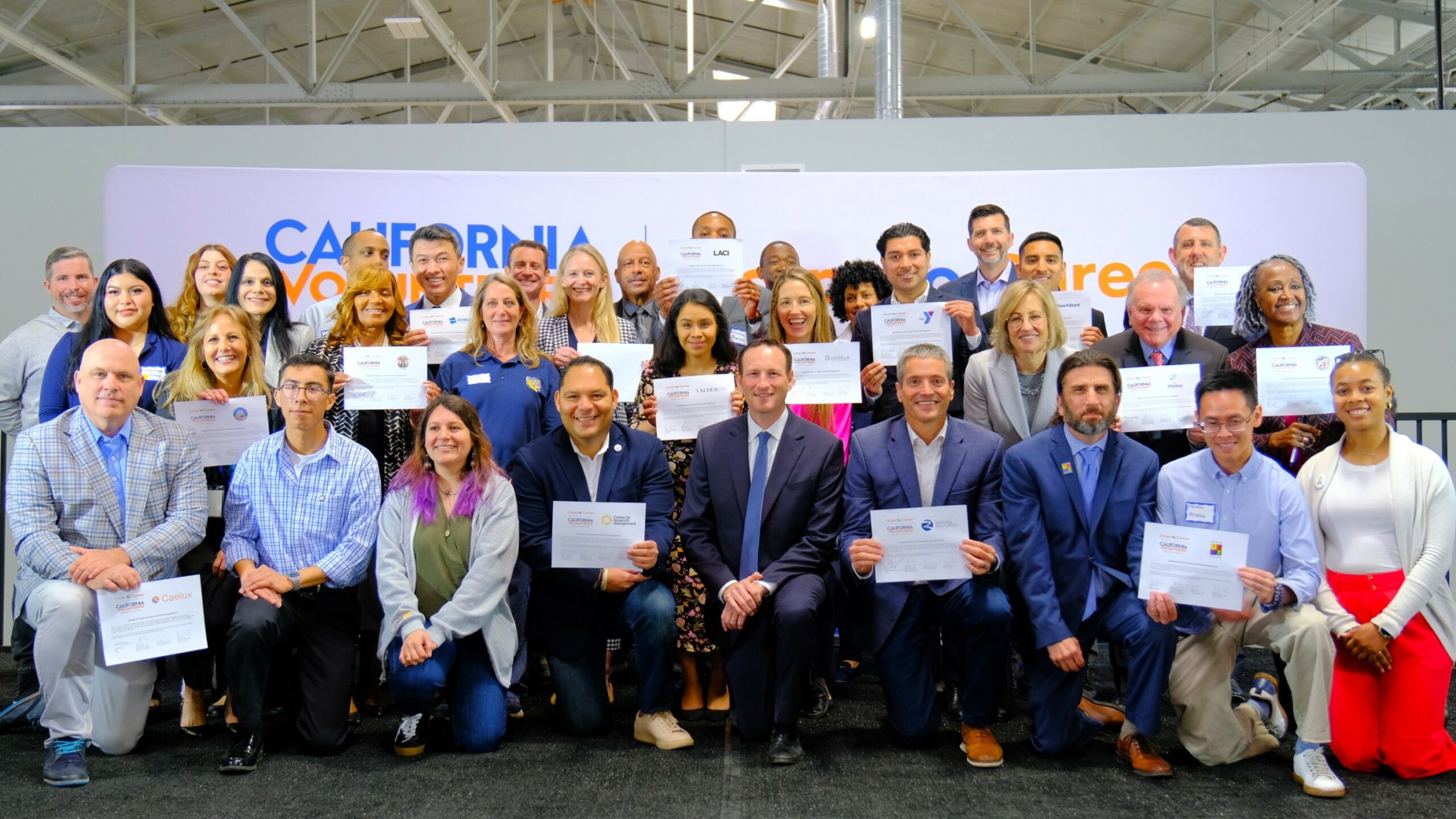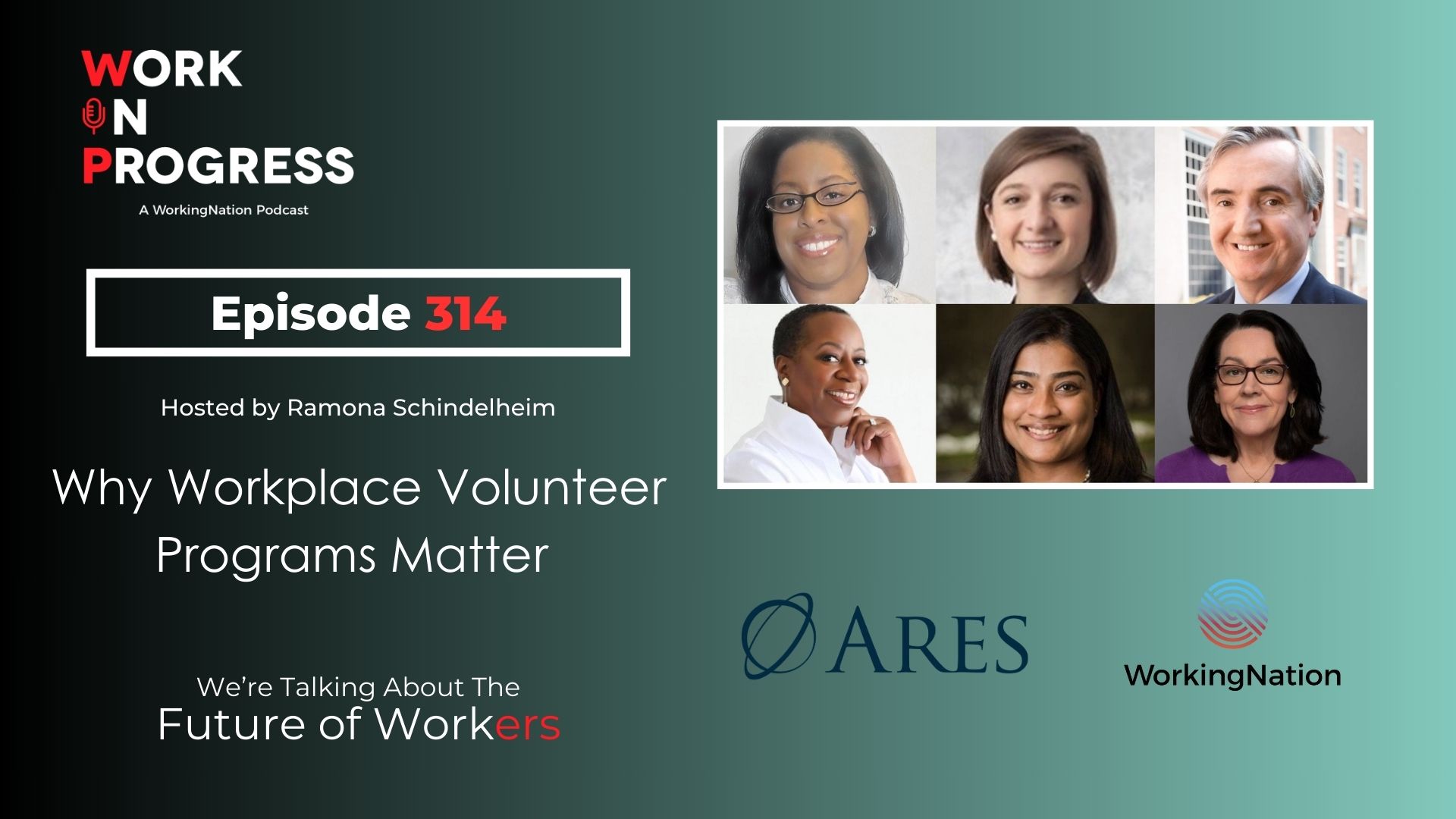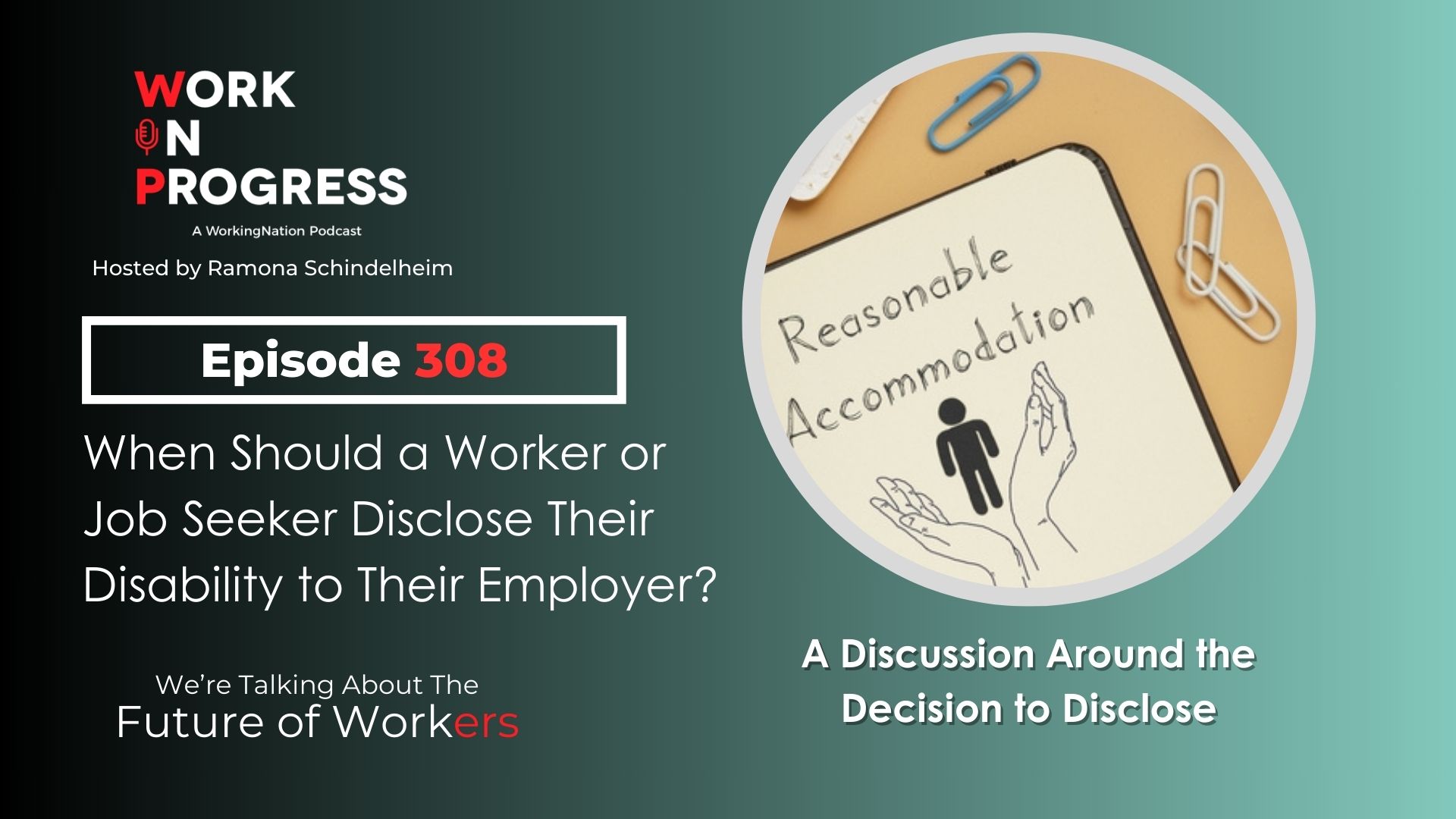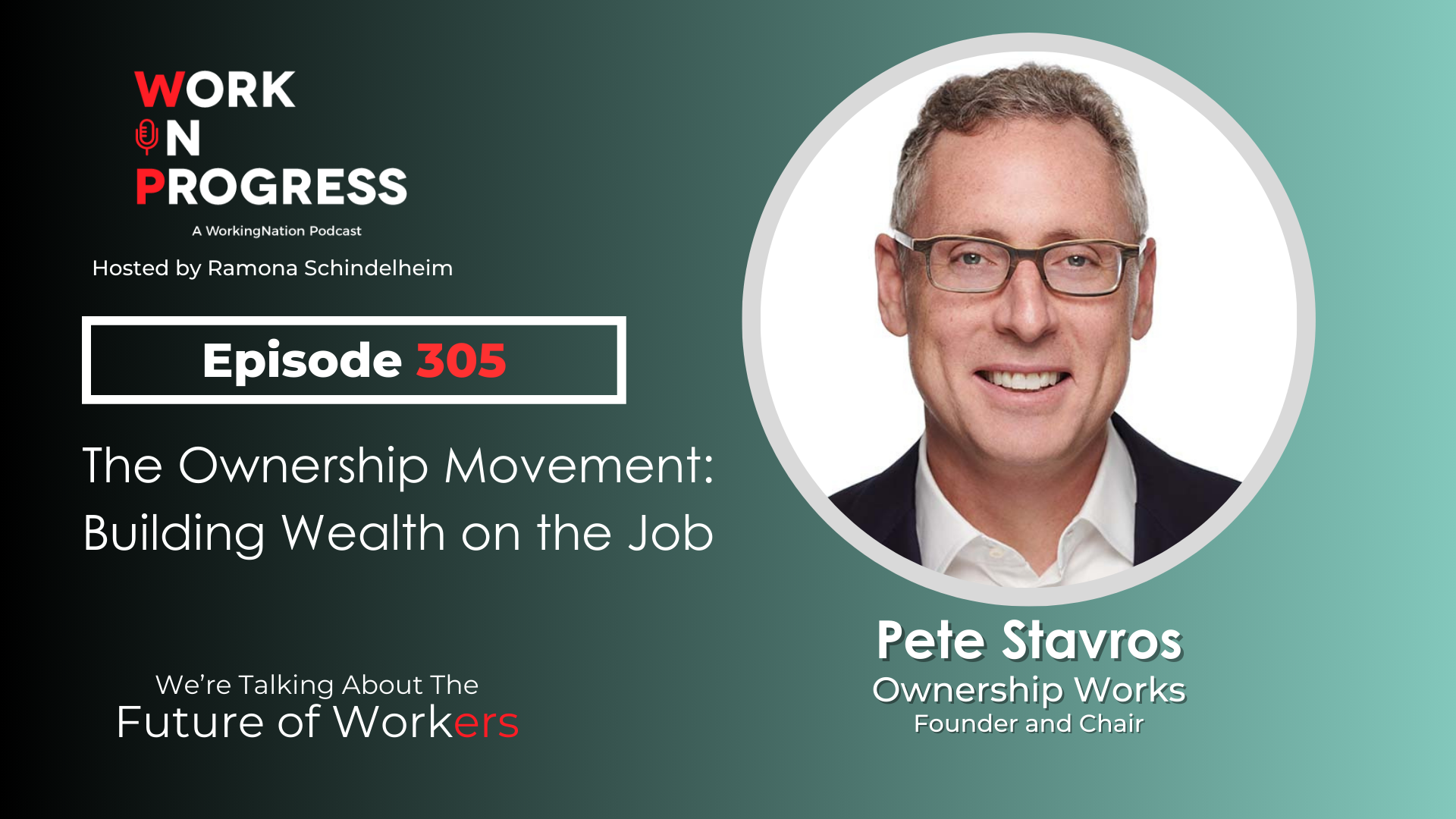
You’ve been laid off. It didn’t surprise you. You saw it coming, but not knowing how to overcome it, you said to yourself, “I’ll deal with it when it happens.”
You waited for it to hit you and then it did, but that plan to deal with it didn’t come and still hasn’t come.
Some years ago a colleague named Russell Bishop shared a copy of his incredible, practical, tactical and easy to implement book, Workarounds That Work: How to Conquer Anything that Stands in Your Way at Work.
Here are Bishop’s steps. The steps as I understand them are simple and easy to follow:
Step 1 – Own It: You were laid off. Don’t deny that it happened. Don’t blame others or beat up on yourself. Both are a waste of energy.
Step 2 – Desired Outcome: Now what?
Step 3 – Control: What you can do without needing anyone else to move towards that desired outcome.
Step 4 – Influence: What you can’t do, that you will need others to provide and a plan for influencing them
Step 5 – Response-ability: How you follow through with action after you have gone through steps 1-4.
I remember using it to successfully deal with a bump in the road from turning into something much more painful. And I have cemented the process in my psyche to help with all bumps and obstacles coming my way.
I was giving an opening session talk to more than 200 executives and leaders, and someone told me that a few of my closing comments especially offended someone in the audience. You can actually see and hear it for yourself at Change Your Thinking Forever in 8 Minutes.
In these “outraging people is the new attention-grabbing” times, I am not immune from saying things that will trigger strong reactions in my audience, but in my heart, the last thing I want to do is hurt people’s feelings.
Step 1 – Own It: When I realized that what I had said had not just offended, but hurt this individual, I felt awful.
My initial response was to say to myself, “The vast majority of the audience were not offended, and you can’t please everyone. So make it their problem.”
But inside my defending my offensive behavior, still lived a “first, do no harm” physician and I had done some harm.
Step 2 – Desired Outcome: I then thought, what was the outcome I wanted? Since my talk was during the opening ceremony of this conference, my desired result was that I didn’t want to ruin it for this individual.
Step 3 – Control: I then asked myself what I had control over and realized that was what I said and did, but no control over how it was received. And I also realized that I had control over avoiding or approaching this individual.
Step 4 – Influence: I next wondered how I might influence this individual so that I could ease his hurt and anger so that he might enjoy the rest of the conference and so that he and I wouldn’t need to avoid each other.
Step 5 – Response-ability: The response I came up with was to apply a formula I came up with for one of my books, The 6 Secrets of a Lasting Relationship: How to Fall in Love Again and Stay There on how to rebuild trust after you have offended someone. In that formula, you accept that when you upset or offend someone, you trigger hurt, anger and hesitation to lower their guard to let you hurt them again.
Realizing this, I went up to the person when others were no longer around him, reached out to take his hand, and I spontaneously said, “Hi I’m Mark Goulston, and I understand that I offended you with some of my statements in my talk.”
He was dumbfounded, disarmed and responded by explaining what I had said and how it seemed to make unfair generalizations towards his ethnic group.
I told him that I knew I was taking a chance and that I had checked with others from his ethnic group who said to me it was more metaphor than a racial slur. I felt it was okay and even compelling to make a point.
He agreed with it being compelling but went too far for him. I then asked him, “If you can think of a better way to express it that still makes the point without offending anyone, would you please let me know? And I am sorry and hope it will not detract from your enjoying the conference. And if you discover some way I can make it up to you, would you do me the favor of telling me what I can do.”
Not only did he accept my apology, but he was also so appreciative that he shared with me later that having that conversation was one of the most important things that happened to him at the conference.
Now let’s apply this to you.
Step 1: Own It – You were laid off. Don’t deny that it happened. Don’t blame others or beat up on yourself. Both are a waste of energy.
Step 2: Desired Outcome — Now what? What’s the best immediate outcome and best long-term outcome since that happened and changed everything for you?
Perhaps the best immediate outcome is to think that maybe there were some negative things about your job that you put up with that you didn’t particularly like but never took the initiative to change positions.
Perhaps the best long-term outcome is to stop and imagine a job that you would jump out of bed with enthusiasm to have. Without limiting yourself, describe what activities would such a role involve.
Step 3: Control — Figure out what can you do without needing anyone else to move towards that desired outcome. Identify all the problems that you have already solved in your last job. Identify all the tasks that you did and what they did for your company that was valuable to them.
Step 4: Influence — Then identify what you can’t do, that you will need others to provide and a plan for influencing them. Think of any people you have worked for and were satisfied with your work and would say that you were consistently good or better.
Step 5: Response-ability — Reach out to the people you identified in Step 4 and say, “I’d like to buy a half hour of your time.”
If they were pleased with your work and with you, they would most likely ask, “You don’t have to pay me, what’s this about?”
Then respond, “I value your time. It’s about me which is why I wanted to pay you. You seemed to be pleased with my work, and I’m looking for a unique way to describe me so that I say what it is and be memorable when I look for another job.”
When you meet with these people, recall the work you did for them that made them satisfied. Have them describe what it meant to them and ask them if there was a way to describe it, so it goes beyond generic terms.
By doing this, they will recall an incident they were grateful to you, and they will re-experience that gratitude. Engaging that appreciation can often cause people to feel generous. If you’re able to make this happen, ask: “What kind of company or industry do you think most urgently needs what I was able to do for you?”
That might cause them to mention such companies or industries and if they’re in a grateful mood, might even cause them to say, “Let me make a call for you?”
Even if that doesn’t happen, you now have a path you can follow, which is much better than staying stuck and down.
More than that, you have a positive description of you to help counter ways in which you may be beating yourself up.
Join the Conversation: Share your thoughts on Dr. Goulston’s latest article on our Facebook page.
Dr. Mark Goulston is an award-winning business psychiatrist, a consultant for Fortune 500 companies and the best-selling author of seven books. His latest, Talking to Crazy: How to Deal with Irrational and Irresponsible People in your Life can be found on Amazon. Catch up on Dr. Goulston’s previous articles here.
Connect with Dr. Goulston through Facebook, Twitter, or LinkedIn. His books are available on Amazon. Check out his videos on YouTube or take advantage of free resources available at www.markgoulston.com.











